
To Google, building black hat backlinks is a capital offense. Sure, you could be lucky to escape the hammer for a while.
But the more likely scenario is that you’ll just lose money, time, energy and, ultimately, any chance of ranking in the SERPs.
So if you want to avoid getting penalized, follow this guide to protect your site from black hat backlinks.
What are Black Hat Backlinks?
Building black hat backlinks is a common type of black hat SEO, along with other tactics like keyword stuffing, content scraping and cloaking.

Black hat SEO is simply violating the terms and conditions set out by search engines for ranking on their SERPs.
The practice usually involves a series of aggressive SEO techniques that make ranking higher on the SERPs faster and easier, but also tend to hurt user experience.
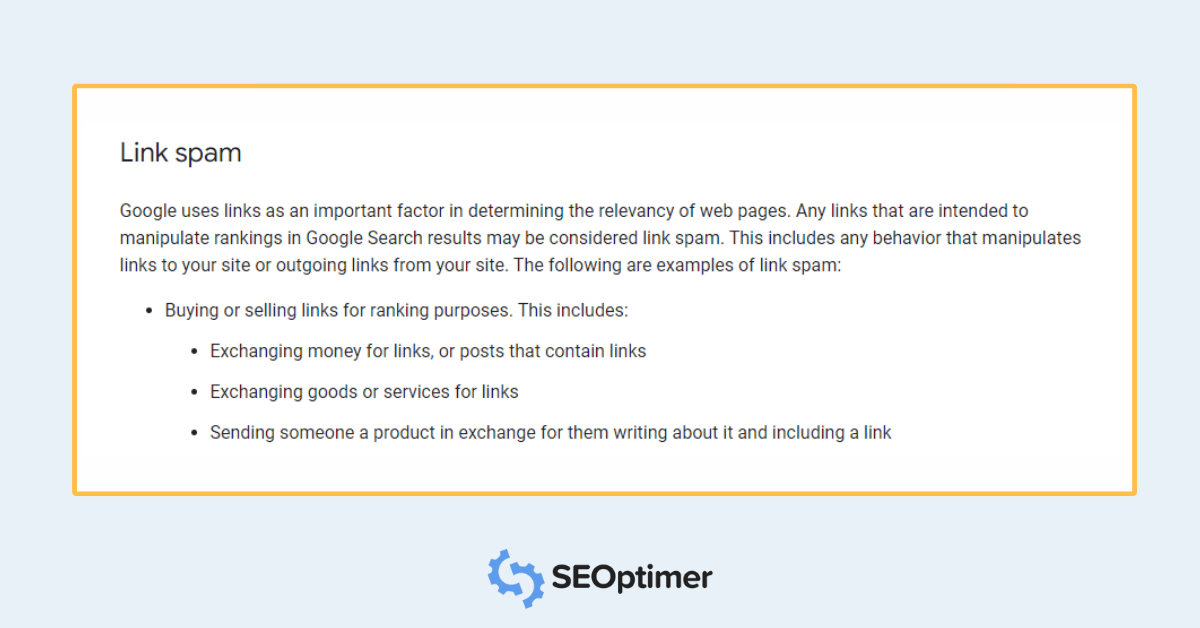
Google frowns heavily on these shortcut practices as they’re not designed to add value to the searcher—which is what Google is all about.
These techniques make the SERP algorithm believe that a particular website has stronger popularity and relevance than it actually does.
In essence, they create false authority in the SERPs.
So, now that you know what black bat backlinks are, how do you go about spotting them on your website?
How to Know if Your Site has Black Hat Backlinks?
Google places a lot of importance on backlinks.
And many SEO strategists agree that link building is the most significant factor for ranking higher on search engines.
This is why you shouldn’t take the health of your backlinks with a grain of salt.
Instead, use a tool like SEOptimer to track the quality of your link profile and identify and remove any black hat backlinks before they cause damage to your site’s rankings.
1. Links from Low-Quality Websites
A link from a spammy website is one of the most reliable indicators of black hat backlinks.
You don’t want to be linking to these sites, and you definitely don’t want them linking to you. Google could interpret these backlinks as black hat.
With the SEOptimer, you can easily see the quality of all your backlinks in our backlink research tool.
A low Domain Strength strength score is the first indication that a website might be considered spammy.
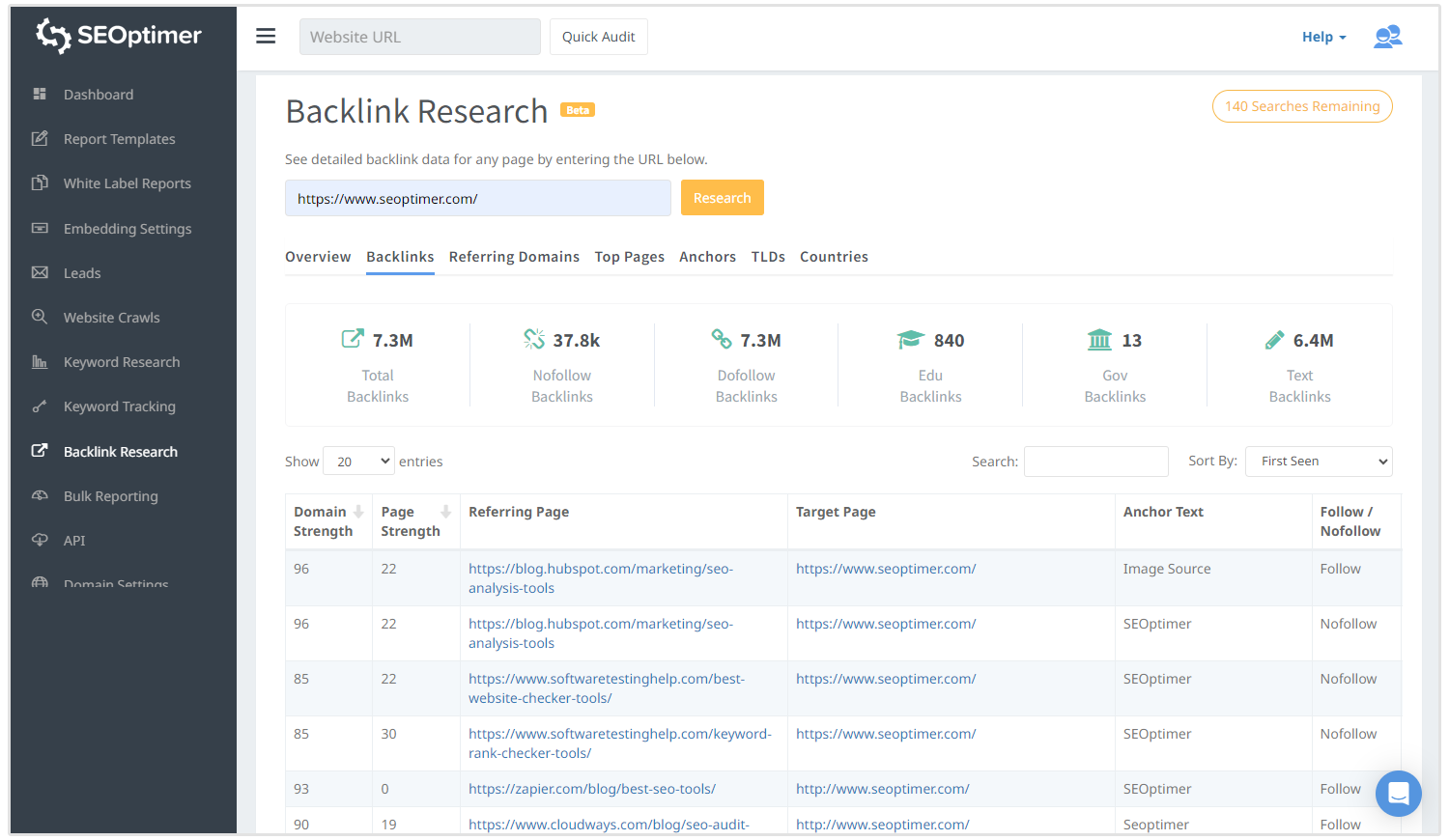
2. Anchor Text Spam
If you have a lot of backlinks with the same keyword as the anchor text, it means you could be involved in anchor text spam—a common sign of black hat backlinks.
Ideally, your exact match anchor texts shouldn’t be more than 3% of the total—with the exception of brand name anchor texts, which Google usually perceives as normal.
Look at the “Anchor Text” column in SEOptimer to see all your backlink anchor texts:
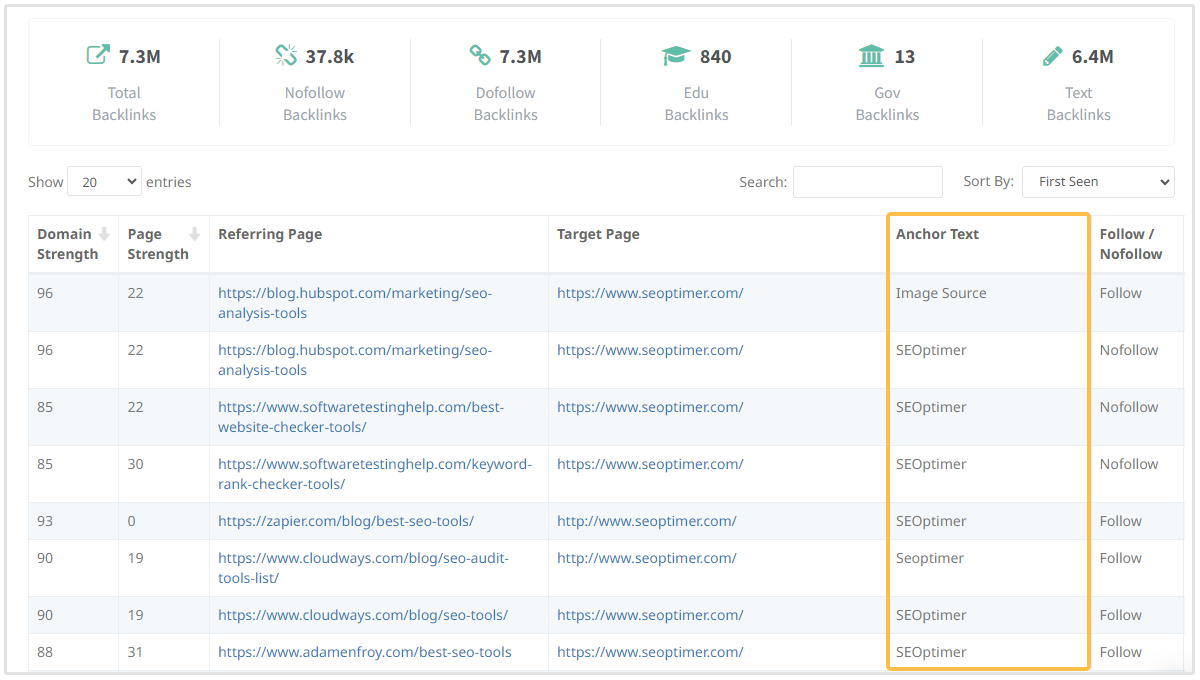
3. Links from Unindexed Sites
Links from sites that aren’t indexed in Google don’t add value to your ranking position, and instead, can be seen as spammy and a potential indication of black hat backlinks.
You can check whether a website is indexed in Google by using the following search query, “site:www.domain.com”.
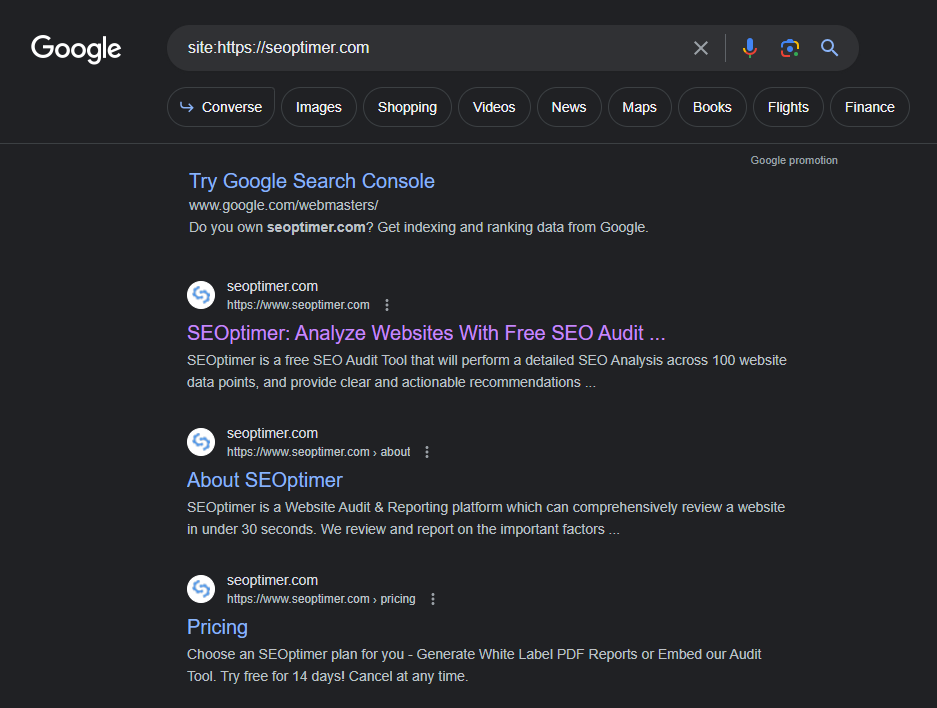
If Google returns a set of results, then the site is indexed. However, if the site is not indexed in Google, then you’ll see something like this:
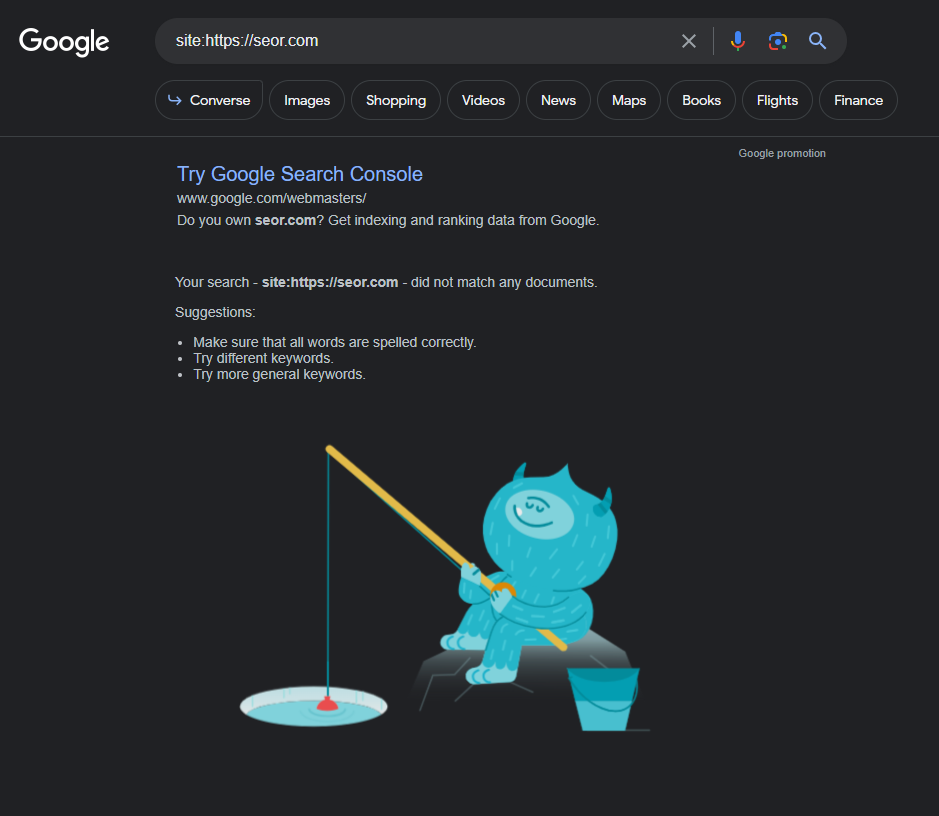
4. Links from Adult, Pharmaceutical and Other Sensitive Sites
There are some niches that Google isn’t a fan of.
In other words, Google frowns at particularly sensitive sites like adult entertainment, pharmaceutical, dating, gambling and porn sites. Links from sites like these are unhealthy, and usually spammy and irrelevant.
If you have any links from sites like these, then you have a case of black hat backlinks.
Now that you know how to spot potentially harmful links, let’s find out how you might’ve gotten them in the first place.
Why Your Site Attracts Black Hat Backlinks
Your site can attract spammy, black hat backlinks due to a number of reasons:
1. Poor Link Building Activities
These activities include things like:
- Buying links. This practice is generally frowned upon because the links earned aren’t genuine.
- Link wheels. This involves interlinking between multiple websites to form a chain of connection to a main money site. Link wheels aim to simulate relevance and create link juice to the money site, in turn moving it higher up the SERPs due to its perceived significance.
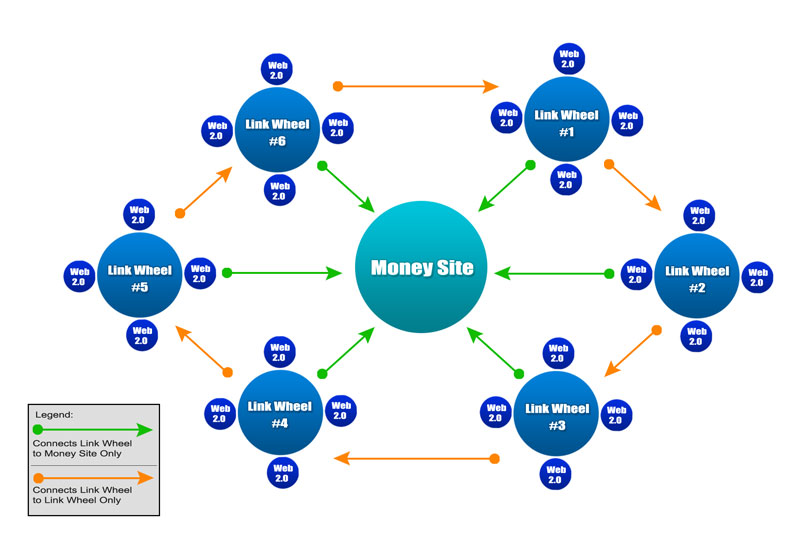
- Tiered link building. This is a hierarchical style of link building that involves buying expired domains and linking between them, so that they strengthen each other. After that, the first-tier links are directed to the money site to funnel more link juice through.
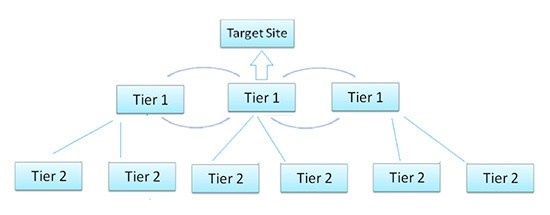
This technique gets penalized in the long run as Google finds self-created tier websites much less authoritative than genuine sites.
2. Rogue Link Building Contractors
It’s a common occurrence to outsource link building to external contractors. A study by USERP found that at least 60% of businesses outsource their link-building to external agencies or freelancers.
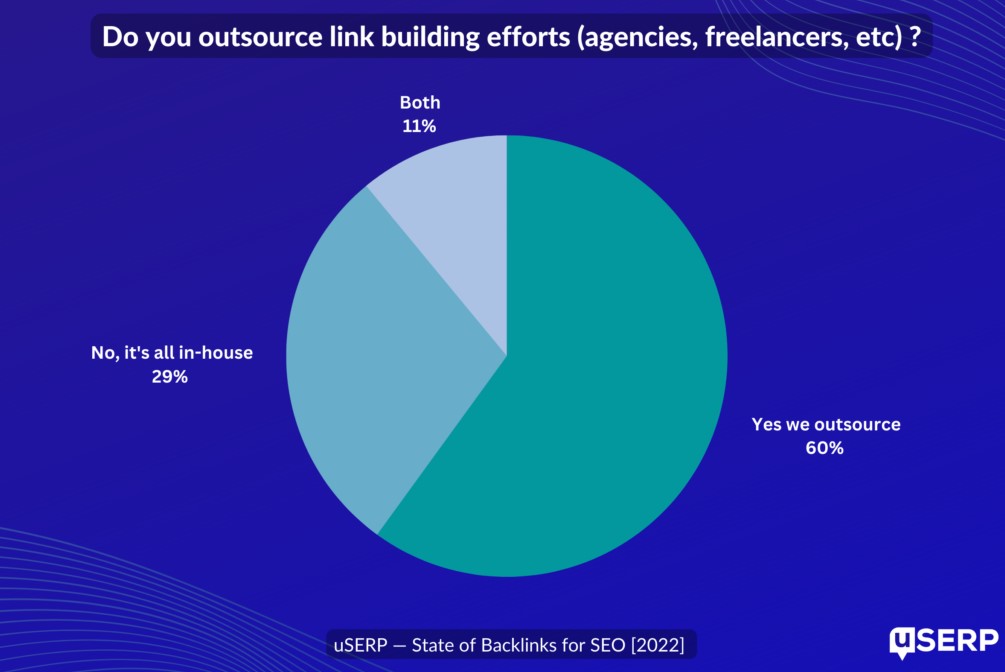
Sometimes, you might outsource your link building or hire a contractor only to find that they do more damage than good to your link profile by building black hat backlinks.
If a link builder or SEO specialist isn’t transparent about discussing their methods and SEO ethics with you, then that specialist is a rogue link builder and should be avoided.
Quality SEO goes beyond landing on Google’s first page. Maintaining the first-page spot over a long period is what defines quality SEO.
While black hat backlinks can temporarily lift your website to Google’s first page, over time, you’ll get discovered by Google—and demotion or delisting becomes imminent.
Outsourcing your link building to SEO specialists without proof of expertise is one way of exposing your website to potential black hat links.
3. Competitor Revenge
The battle to land on Google’s first page is a fierce one. Competitors are always looking for opportunities to outsmart their rivals.
If your competitors aren’t ethical in the way they go about outranking you, you could become a victim of black hat backlinks through negative SEO.
In fact, here's a screenshot of someone who actually killed a competitor's site and announced it on the WickedFire forum:

How to Prevent Black Hat Backlinks
Luckily, there are ways to prevent black hat backlinks from occurring and avoid Google’s hammer for good.
1. Understand Link Building Best Practices
Over the years, there’s been a series of changes to how Google evaluates and prioritizes backlinks in order to rank your site. To understand Google’s link building best practices, you need to keep up with these changes.
Google’s ultimate aim is to serve searchers the results they seek to find.
If your focus is on making your users happy and providing genuine value on your site, you’re far less likely to run into any trouble.
Best practice strategies include things like analyzing and replicating your competitors’ backlinks, broken link building, high quality content production, and guest blogging.
It’s also essential to monitor and follow up on your backlinks, so you know who’s linking to you and how.
I recommend using SEOptimer to stay on top of everything.
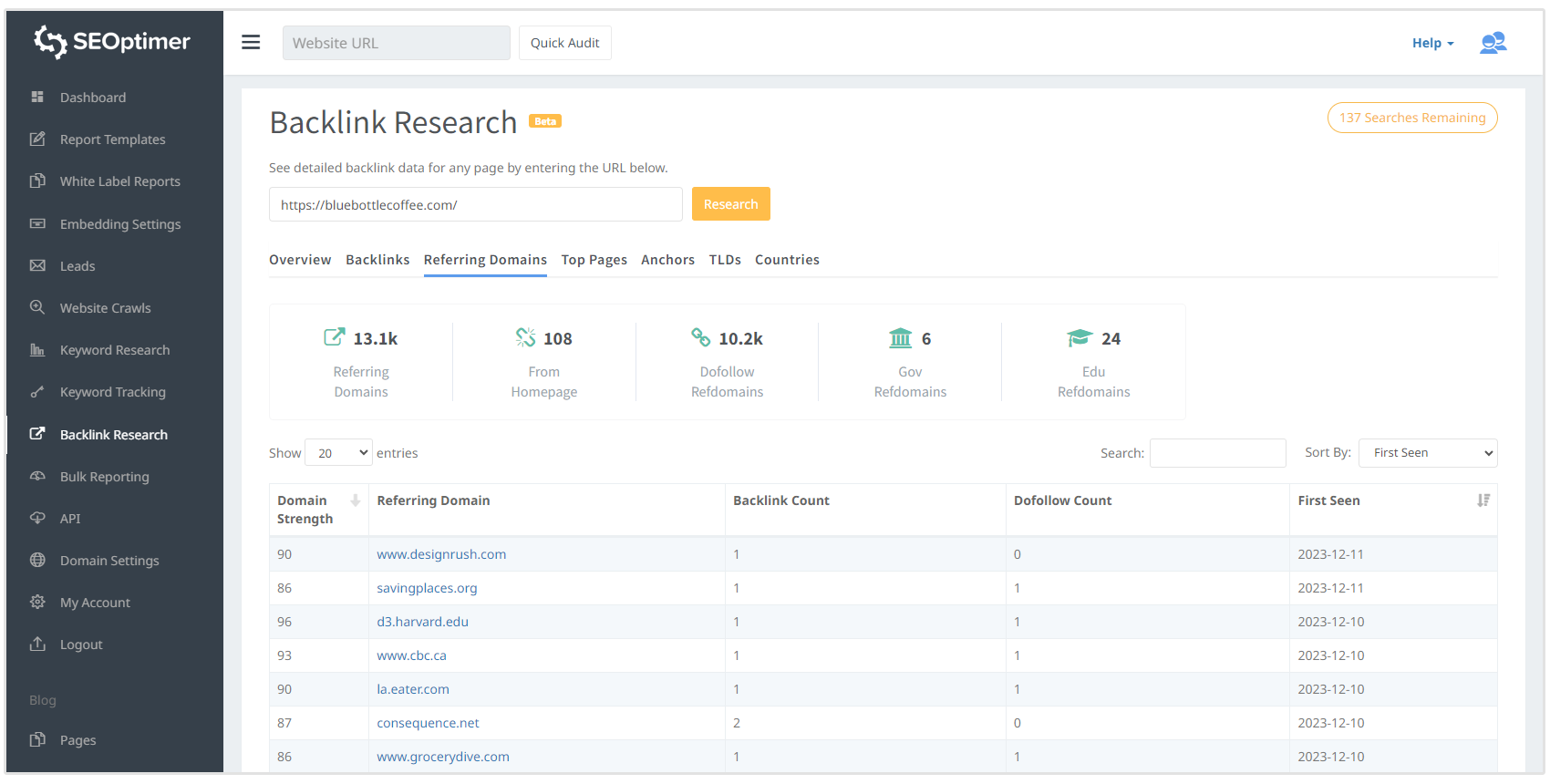
You get automatic notifications about all your new backlinks (as well as backlink status changes), and can track and manage all your backlinks right from the tool.
2. Vet Your Link Building Contractors
Don’t fall for a rogue link builder ever again. If you decide to outsource your SEO, make sure to do your research.
First, check that the company is ranking for the “SEO [your city]” or “SEO company [your city]” keyphrase.
For example, “SEO San Diego” or “SEO company San Diego.”
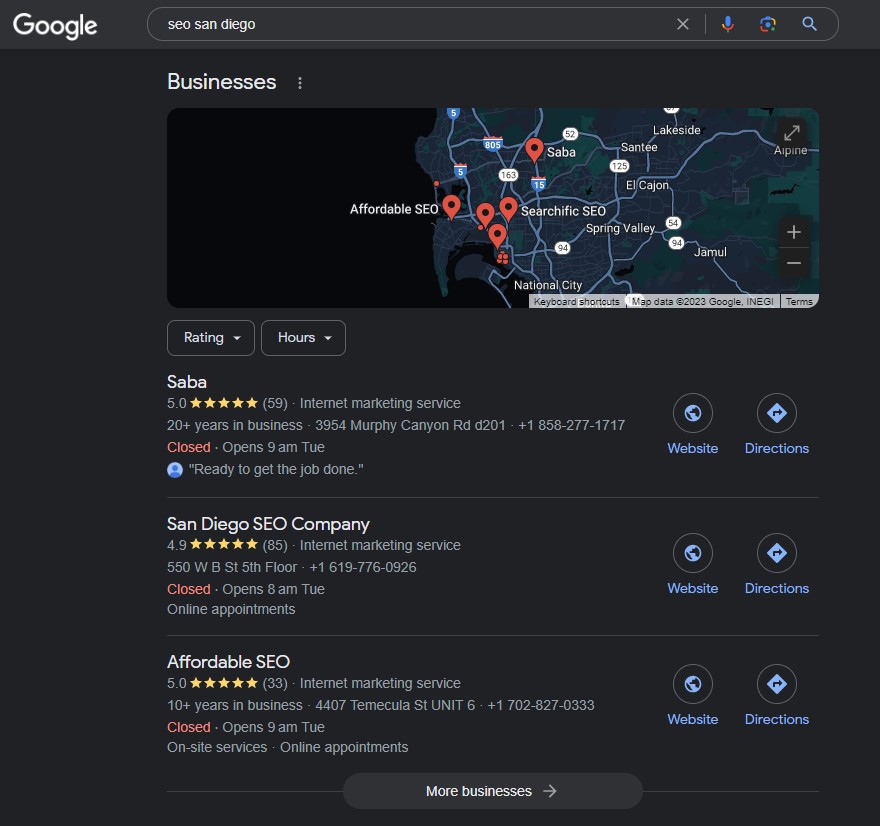
If the company you intend on working with isn’t ranking, that’s a sign that you need to probe them more ruthlessly.
Furthermore, ask questions about their previous work, SEO ethics, years of experience and operational procedures. A reputable company will willingly share that information with you.
And finally, when you decide on and hire an SEO specialist, don’t fail to keep an eye on what they’re doing by monitoring their link building activities after you engage them.
3. Make Friends, Not Enemies
Building bridges instead of walls can help your business in more ways than one.
If you work to maintain friendly, healthy relationships in your industry or niche, you’re much less likely to be targeted by bitter rivals and negative SEO.
It’s like recruiting people who unconsciously watch your back.
You have more people on your side, and they’ll let you know if they hear any whispers of potential threats before you do. That means you can respond faster to potentially hurtful situations before they mature.
Having friends in the industry also means you can exchange information and resources, and work together on collaborative marketing strategies that benefit everyone.
4. Get New Backlink Notifications
Staying on top of your new backlinks will make it easy to spot when you’re in the danger zone. Notifications will also help you identify negative SEO or other spammy link building tactics.
SEOptimer lets you track your backlinks in real time with automatic email notifications of every change.
If you don’t already have an account, register for a free trial here to get backlink updates delivered directly to your inbox every day.
5. Protect Your Email from Spoofing
Email spoofing is when cybercriminals impersonate you by using your domain for their email messages.
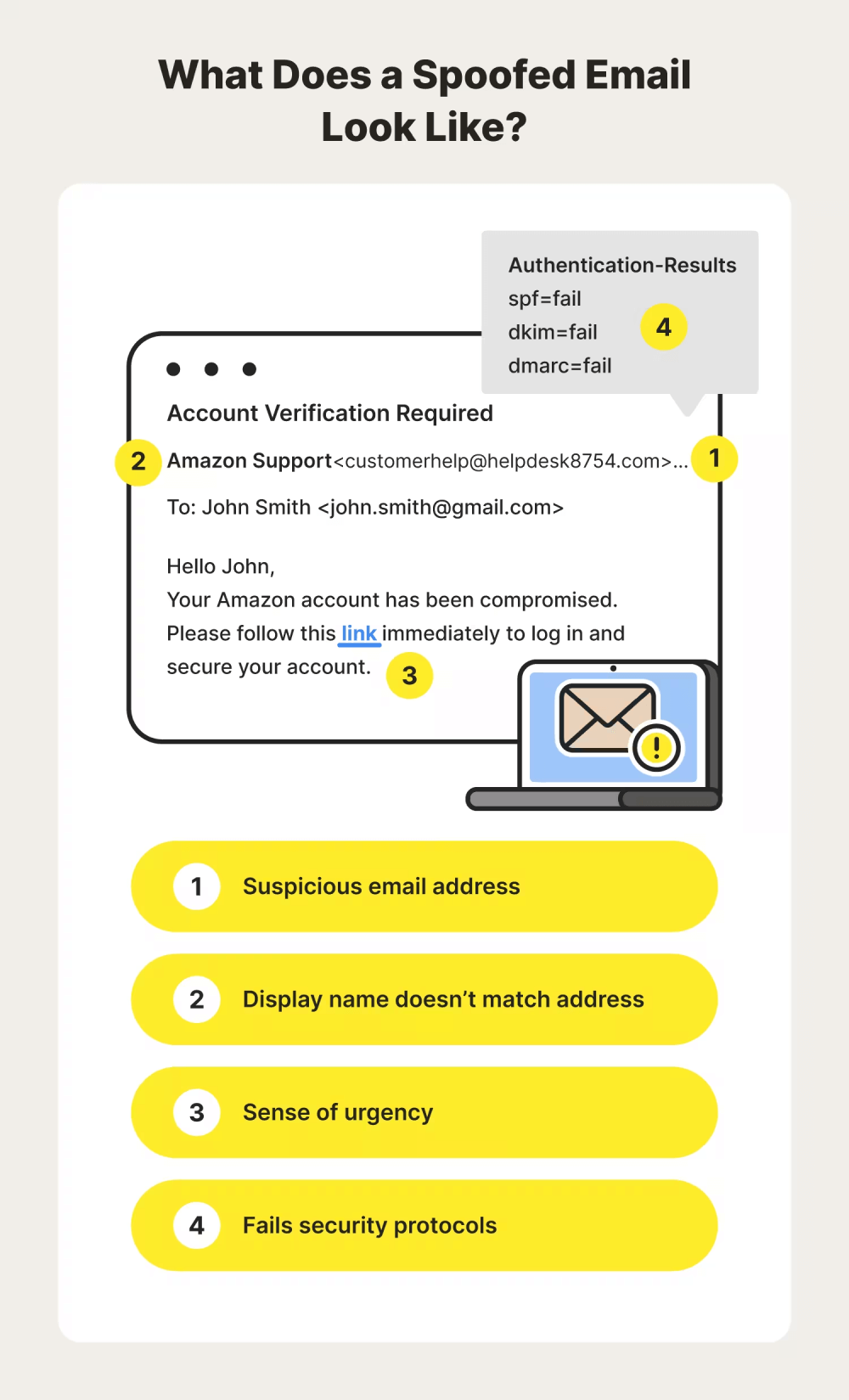
Attackers with admin-level access to your domain’s email can use that privilege to hurt your site and reputation with black hat backlinks.
There are a few ways you can prevent this:
- Configure your domains with DKIM. DomainKeys Identified Mail (DKIM) adds a second level of encryption to your email and helps to prevent impersonation.
- Use a subdomain solely for emailing purposes. This lets your readers and other email servers recognize the subdomain as your dedicated email outlet.
- Don’t use free email addresses for business communication. Apart from making you look less professional, free emails like Gmail and Yahoo increase your susceptibility to spoofing and impersonation. Instead, use a business email address like yourname@yourdomain.com when communicating with webmasters.
How to Heal Your Site from Black Hat Backlinks
So, now you know how to prevent future black hat backlinks from occurring.
But what if you already have some?
To heal your site from existing black hat backlinks and the damage they cause, you can disavow them.
Start by creating a list of the backlinks that you think should be disavowed. This can be done in a simple Google Sheets or Excel file.
Then submit the file to your website’s Google Search Console dashboard.
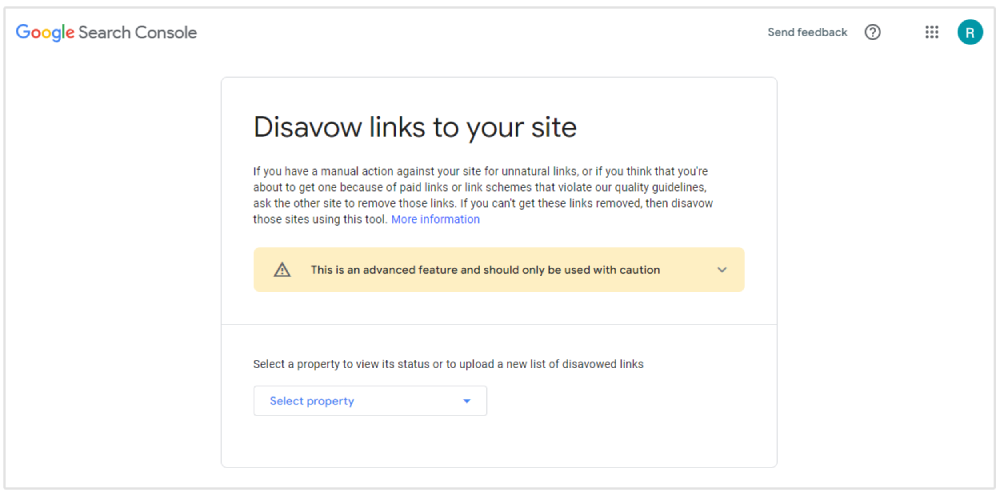
Then, after selecting your website, click on the “Disavow Links” button and voilà! You’ve just told Google to ignore those black hat backlinks pointing to your site.
Black Hat Backlinks Wrap-up
Now you know how to spot, control and remove black hat backlinks.
Put this guide into action by picking up your free trial of SEOptimer and stopping those links before they stop you!










